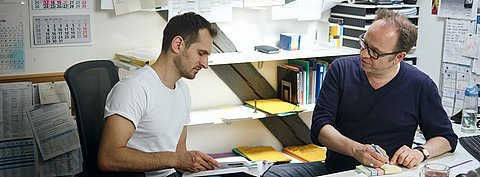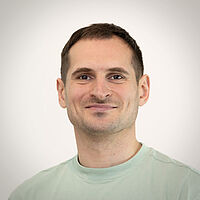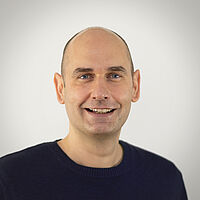SHARED KNOWLEDGE
We share our thoughts on existing technologies and explain the physical modes of action they are based on. We also discuss questions we encounter and still don’t have any definitive answers for. However, they may spark ideas or lead to new approaches that could inspire others to find solutions.
Why? To gain a better understanding. To find more answers. And that's why:
There are many different ways in which hydrocephalus can manifest itself and it has many different causes. Although people have been aware of the symptoms since ancient times, most of the causes, to use scientific language, are “not particularly well understood”. There are even some that are completely unknown. It is difficult to tackle causes that are unknown or not understood.
Often it is only the symptoms that are treated, even today. The dangerous overpressure in the patient’s skull is reduced using a shunt system. This involves draining excess cerebrospinal fluid (CSF) though a silicon catheter and valve into another suitable body cavity (often the abdomen).
The cerebral ventricles and the abdomen are two very different areas of the body that normally have very little to do with each other, both in terms of their location and their function. Creating a direct link between them is therefore a technically easy and sensible mechanical measure from the point of view of a neurosurgeon, as well as being a drastic one. This requires the developers of such systems and the responsible neurosurgeon to have at least a basic understanding of physics. To this day, and for the foreseeable future, the implantation of a shunt system is and will be the best and most effective treatment in most cases. This is a good reason to gain an understanding of what this involves and to have a thought process that involves doctors, patients and developers.
“Knowledge is the only commodity that increases when it is shared.” (Marie von Ebner-Eschenbach, 1830-1916) - for this reason, we share our knowledge and ideas. We are happy when this leads to discussions, even better ideas and better understanding, for the benefit of all hydrocephalus patients.
OUR WRITING TEAM
Our writing team is made up of people who work every day on the problems facing hydrocephalus patients, as well as the solutions. They are in constant contact with patients and doctors, hearing about their concerns and needs. This has resulted in a fantastic, colourful team with a wide range of different career backgrounds, including engineers, physicists, developers, medical product advisors, product managers and those working in marketing.
For each and every one of us, writing for the MIETHKE Journal involves setting time aside from our own day-to-day lives. Obviously, because of this, some articles will occasionally take a bit longer. However, it is important to us to examine each topic in as much detail as possible, while also explaining things in the simplest way possible. Anyone who has a child knows what it’s like to explain seemingly simple questions in a way that’s just as simple and clear. When we fail to do this, children keep asking questions. We would ask you to do the same thing. Please tell us about every question that comes into your mind regarding the articles. Our authors will either reply to you or improve their articles accordingly. We need your feedback.







